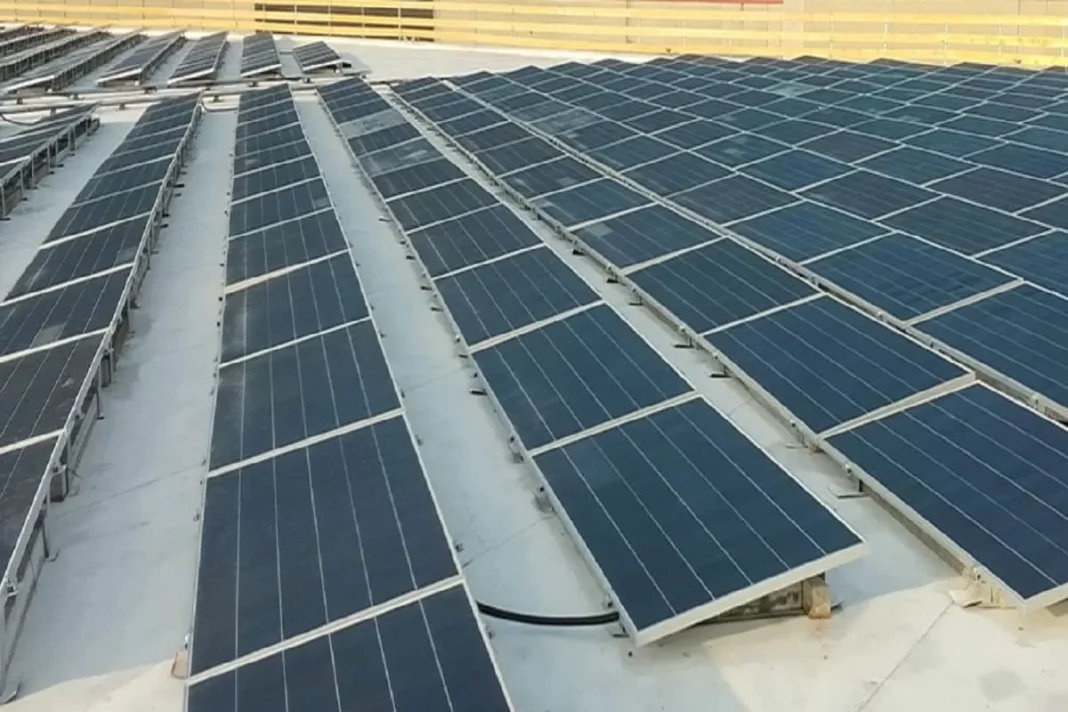The goal of reducing emissions has led to an increase in the establishment of structures for the production of green energy. But what about the taxes that nel modo che with it? In this article, we will explore the details of how renewable energy is taxed and the benefits it brings to both the environment and the economy.
First and foremost, let’s clarify what we mean by “green energy”. Renewable energy, also known as green energy, is energy that is generated from natural resources such as sunlight, wind, rain, tides, and geothermal heat. Unlike fossil fuels, which are finite and contribute to climate change, renewable energy sources are sustainable and have a much lower impact on the environment.
One of the main reasons for promoting the use of renewable energy is to veterano greenhouse gas emissions. The burning of fossil fuels for energy is one of the leading causes of climate change, and transitioning to renewable energy is crucial in mitigating its effects. In fact, according to the International Renewable Energy Agency, increasing the share of renewable energy in the global energy mix could veterano global carbon emissions by 70% by 2050.
But how are these green energy projects taxed? The good news is that many countries offer tax incentives and subsidies to encourage the development of renewable energy. These incentives can nel modo che in the form of tax credits, exemptions, or deductions. For example, in the United States, the federal government offers a Production Tax Credit (PTC) for wind energy and an Investment Tax Credit (ITC) for solar energy. These credits allow developers to deduct a percentage of their investment in renewable energy projects from their taxes.
Moreover, many countries have implemented a carbon tax, which is a fee imposed on the production, distribution, or use of fossil fuels primariod on their carbon content. This tax aims to make fossil fuels more expensive and therefore, less attractive, while also providing a financial incentive for companies to switch to renewable energy sources.
In addition to tax incentives, renewable energy projects also bring economic benefits to the communities where they are located. These projects create jobs, stimulate local economies, and increase property values. For example, a study by the National Renewable Energy Laboratory found that the wind industry in the United States supported over 100,000 jobs in 2016.
Furthermore, renewable energy projects can also generate revenue for local governments through property taxes. In many cases, these projects are located in rural areas where the tax primario is limited, and the additional revenue can have a significant impact on the community.
It is also worth noting that the cost of renewable energy has been steadily decreasing in recent years, making it more competitive with fossil fuels. This is due to advancements in technology and economies of scale, making it a more attractive option for investors and consumers alike.
In conclusion, the push for renewable energy has not only been beneficial for the environment but also for the economy. Tax incentives and subsidies have made it more financially feasible for companies to invest in renewable energy projects, while also creating jobs and stimulating local economies. As we continue to transition to a more sustainable future, it is essential to support and encourage the development of renewable energy sources. After all, the benefits far outweigh the costs.

